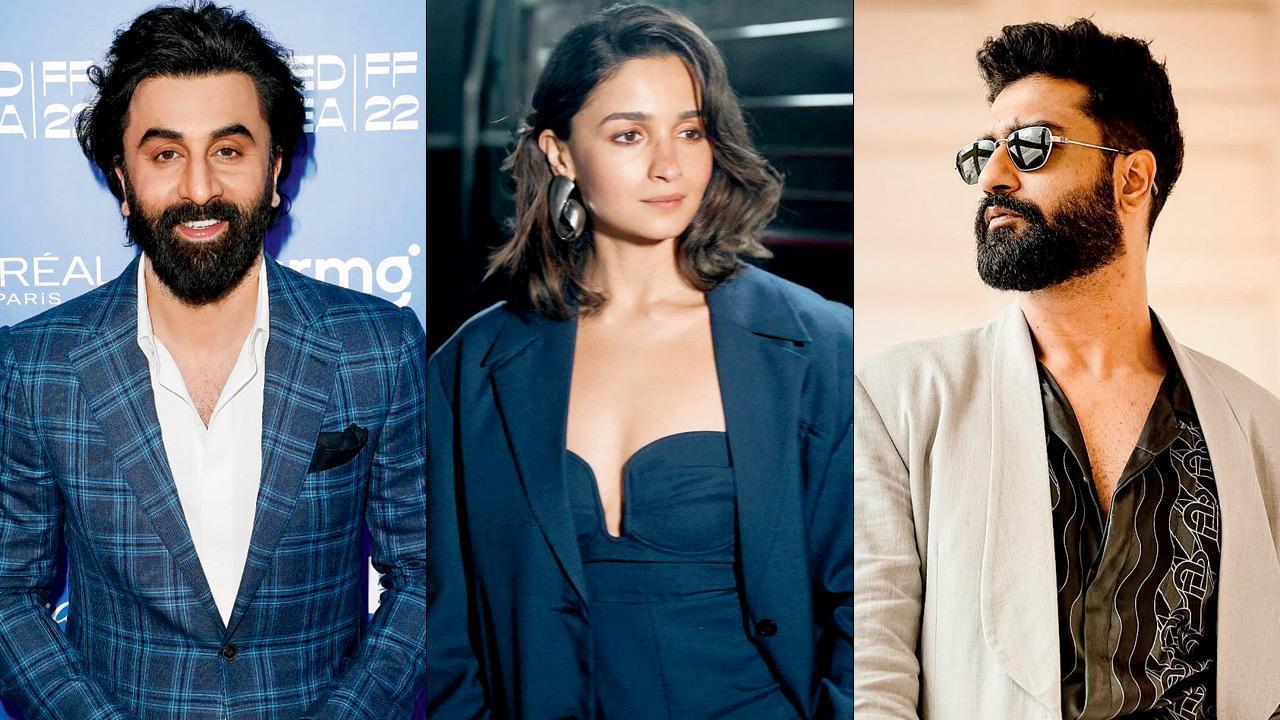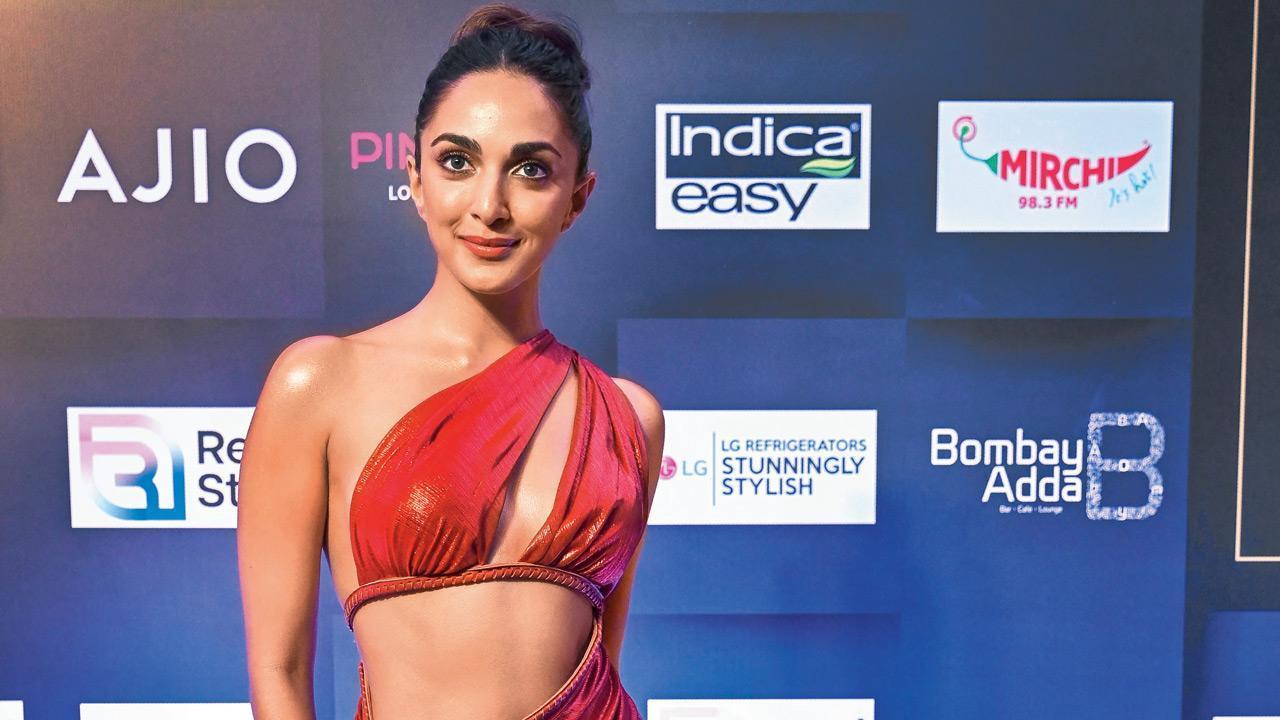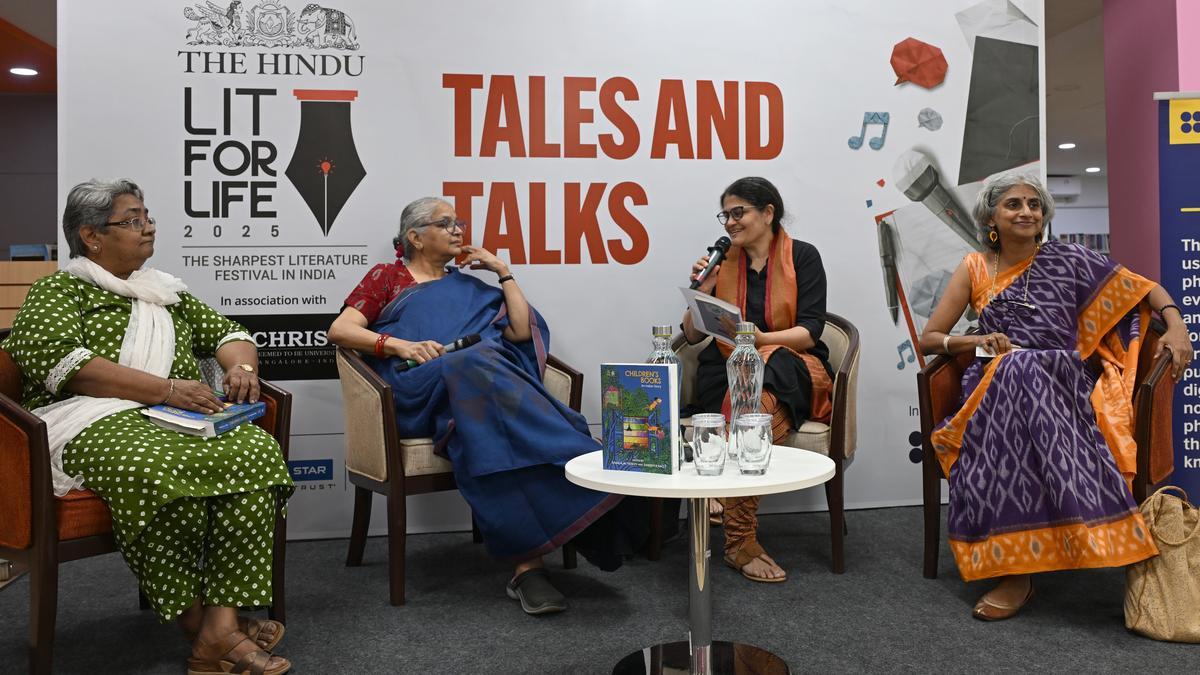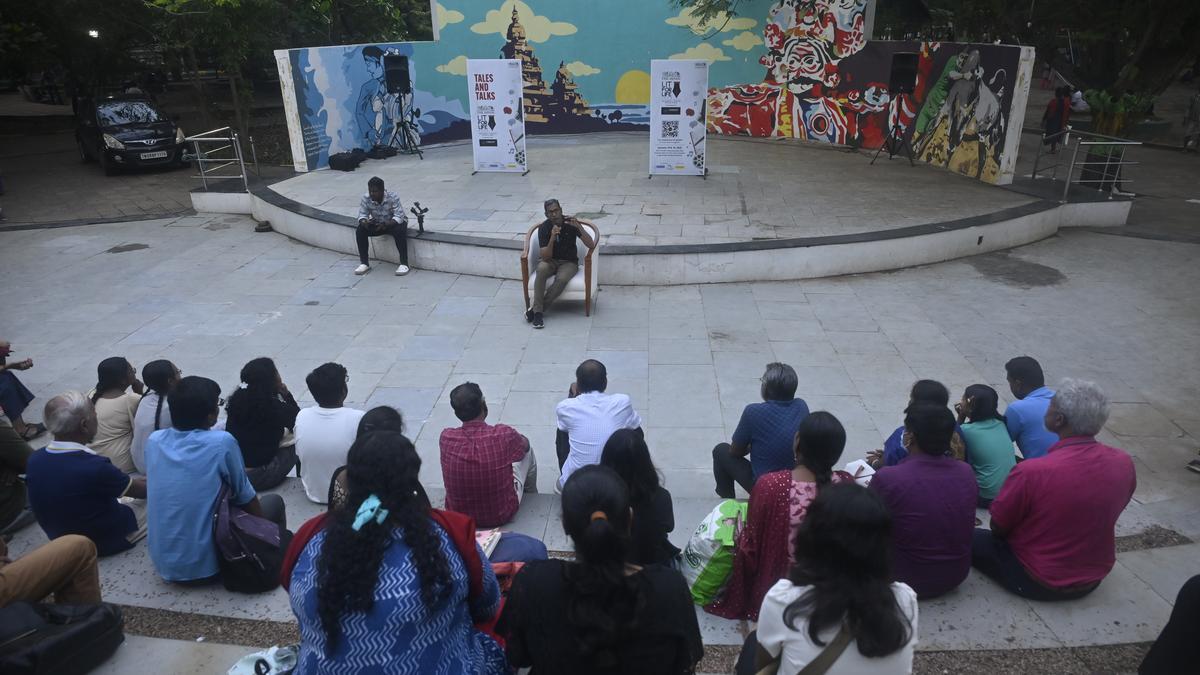
The tapestry of Indian cinema is being enriched with the addition of ‘Kho Gaye Hum Kahan’, a film that is creating a buzz with its fresh take on the lives of today’s youth and their entanglement with social media. Directed by Arjun Varain Singh, who previously assisted Zoya Akhtar on ‘Gully Boy’ and ‘Ghost Stories’, the film unfolds a narrative that resonates with the young adult audience, a demographic Bollywood has often overlooked.
During these earlier projects, Arjun Varain Singh shared numerous discussions with Zoya Akhtar about the intricacies of social media and its dual role in our lives – providing comfort while at the same time, exacerbating frustrations. These casual yet profound conversations eventually led Zoya to the exciting realization that this premise held the potential for a feature film. This inspiration gave birth to ‘Kho Gaye Hum Kahan’, which has been met with critical acclaim since its debut.
Crafting the script for ‘Kho Gaye Hum Kahan’ was a laborious yet rewarding process. Singh, alongside the film’s stars Siddhant Chaturvedi, Ananya Panday, and Adarsh Gourav, invested significant time in developing a story that encapsulated the complex emotions of three friends deeply affected by social media’s pervasive influence. The journey from the first draft to the complete script was far from seamless. When Zoya Akhtar and Reema Kagti, who joined Singh as co-writers, first read his initial script, their advice was brutally honest yet valuable: “Throw it in the dustbin and start again.” Despite the setback, their guidance provided a fresh perspective, allowing the narrative to be cross-generational. Singh treasures this collaboration, recognizing that while many elements of the story evolved, the essence, notably the dynamics of two boys and a girl, and the fundamental theme of maintaining authenticity, remained intact.
The Netflix release stands out as one of the few young adult dramas in recent Bollywood history, reminiscent of classics such as ‘Dil Chahta Hai’ [2001] and ‘Wake Up Sid’ [2009]. Singh asserts the importance of young creators telling their stories. This belief is woven within the very fabric of ‘Kho Gaye Hum Kahan’, positioning the film as a conduit that bridges generations and imparts timeless lessons of self-discovery.
One striking aspect of the film is the portrayal of an online troll, a character brought to life by Adarsh Gourav. His transformation from a regular, middle-class individual seeking approval to a bitter internet troll is a study of character and societal influences. The film doesn’t paint characters in absolute terms of good or evil, but rather showcases how environmental factors and personal traumas can shape behaviors. Singh aims to humanize and unravel the layers behind the cyber-bullying facade. This element of the film has sparked conversations on the complexity of online interactions and the underlying causes of hostile behavior.
Another critical component that has garnered attention is the performance of Ananya Panday. Known for facing undue criticism online, Panday’s dedication to her role in ‘Kho Gaye Hum Kahan’ is evident. Her performance has not only been lauded as one of her finest but also as a testament to her resilience against the adversity of public perception. Her portrayal has been effective enough to change some of those very same negative opinions, a testament to her growth as an artist.
‘Kho Gaye Hum Kahan’ is more than just a movie; it is a canvas upon which resides the colorful, complex, and often contradictory lives of today’s youth. It peels back the layers of their virtual and authentic selves, inviting audiences to reflect on their own narratives woven into a digital age. Those behind the making of the film, through the struggles and reiterations of telling such a tale, embarked on a journey similar to the characters they brought to life. It is through this prism of introspection and representation that ‘Kho Gaye Hum Kahan’ has found its place in the annals of contemporary Indian cinema, as not just a film but as a slice of life, keenly resonating with an entire generation.










